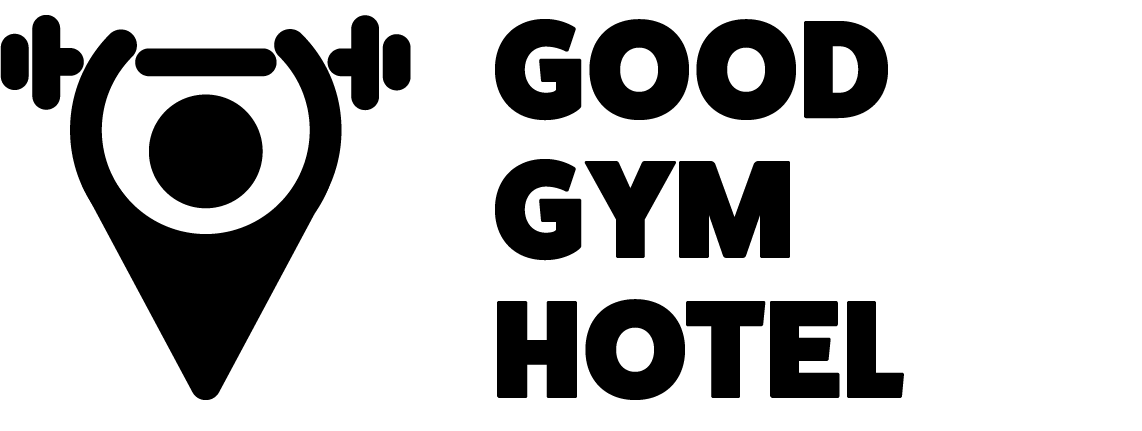Best Recovery Tips After a Long Flight
Long-haul flights can take a serious toll on your body. Hours of sitting, dry cabin air, and disrupted sleep schedules often leave travelers feeling stiff, dehydrated, and exhausted. For fitness-focused travelers, the effects can even interfere with training goals. The good news? With the right strategies, you can bounce back quickly and make the most of your trip.
1. Rehydrate Immediately
Airplane cabins are notoriously dry, causing your body to lose more water than usual. This dehydration can lead to fatigue, headaches, and sluggish recovery. The first step after landing is simple: drink water.
To accelerate recovery, add electrolytes through a sports drink or electrolyte tablets. This helps restore balance and reduces that “heavy” feeling often experienced after long flights.
2. Get Moving with Light Stretching
Hours of immobility tighten muscles and restrict circulation. Once you’re settled after your flight, spend at least 10–15 minutes stretching your legs, back, and shoulders. Focus on opening up your hips and loosening hamstrings, which bear the brunt of sitting.
Dynamic movements like lunges, arm circles, and torso twists can also boost circulation and help your body feel awake again.
3. Prioritize Sleep Adjustment
Jet lag is a major recovery challenge. The trick is to adapt to your new time zone as quickly as possible. If you arrive during the day, resist the temptation to nap for hours. Instead, get outside and expose yourself to natural light to reset your circadian rhythm.
If you must nap, keep it short—20–30 minutes is enough to recharge without derailing nighttime sleep. At bedtime, use an eye mask or blackout curtains to maximize sleep quality.
4. Take a Walk or Light Jog
Gentle movement is one of the most effective ways to flush out stiffness and fatigue. A brisk walk around your hotel or a light jog in a nearby park helps improve blood flow and restore energy levels.
For travelers who want to train, resist the urge to push too hard immediately. Keep your first workout light and use it to “wake up” your muscles rather than test your limits.
5. Use Heat and Cold for Recovery
If your muscles feel tight, a warm shower, sauna session, or hot bath can relax tension. On the other hand, if swelling or inflammation is an issue (common in ankles and feet after long flights), try a cold compress or elevate your legs for 15 minutes.
Some travelers alternate between hot and cold for a contrast therapy effect, which stimulates circulation and speeds recovery.
6. Refuel with Nutritious Food
Travel often means convenience meals—fast food, snacks, or airplane trays. Once you land, prioritize whole foods to help your body recover. Aim for lean protein, fruits, vegetables, and complex carbs to restore energy and support muscle repair.
Skipping sugary treats and heavy meals in your first 24 hours can also make it easier to adjust to a new time zone without energy crashes.
7. Book a Hotel with a Good Gym
Access to fitness equipment can make all the difference in recovering quickly after a flight. A treadmill walk, light weights, or yoga session in a quiet gym helps your body transition back to normal activity.
Browse our list of hotels with a good gym so your next trip combines comfort, recovery, and performance.
Traveling long distances doesn’t have to derail your fitness or energy. With the right recovery plan—hydration, movement, nutrition, and rest—you can arrive ready to explore, train, or simply enjoy your destination at your best.
You might also like:

Vincent




